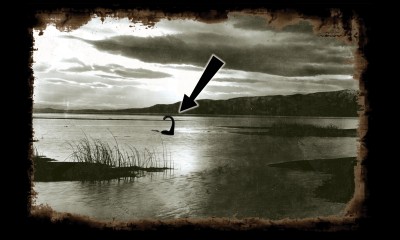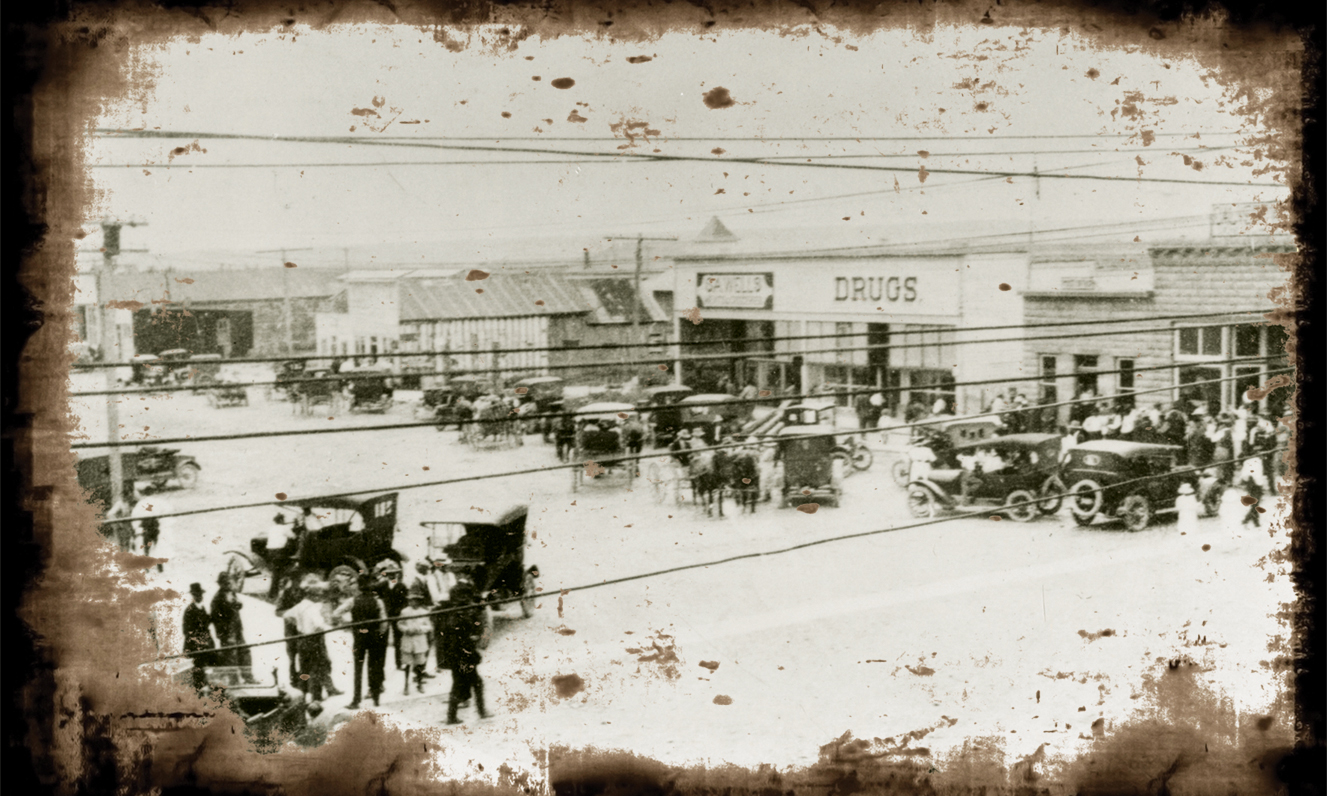Utah Folklore: Gruesome Graves, Mysterious Monsters and Tormented Towns
Community
Speculation surrounding the monster has it pegged as an ancient and elusive prehistoric species like Mesozoic sea lizards that survived in Lake Bonneville. The plausibility of this argument rests on the fact that Bear Lake, Lake Bonneville and the Great Salt Lake were all one big body of water at one time in the form of a giant glacial lake. As the glacial mass started to melt, it formed the three separate bodies of water. The sea lizards had lived in Lake Bonneville. When the salinity of Bonneville was too much for the sea lizards to handle they migrated to Bear Lake. Others speculate that it was a fabrication made up by Joseph Rich. One reason for this is that after the settlement of the white man, the monster has never swallowed anyone, but hysteria still ran wild as farmers and other settlers at the time claimed to have seen the monster everywhere … even in backyards! Whatever the truth is, the last reported sighting of the Bear Lake monster occurred in 2002, when Bear Lake business owner Brian Hirschi reported a sighting in June.
The Accursed Share
The last tale to be told involves a small town in Duchesne County called Myton. According to legend, Myton has been under a curse until recently. The story begins with the selection for the county seat in the nascent and budding Duchesne County around 1910. The race for county seat was between Duchesne, Myton and Roosevelt. Roosevelt and Myton were thought to be the forerunners in the race with strong interest held that Myton would edge out LDS-majority Roosevelt. Myton had obvious advantages over Roosevelt—all the mail for the Uintah Basin was funneled through Myton and Myton was located near the only bridge over the Duchesne river, hence all market and trading routes through the Basin went through Myton, making it the powerhouse center for the hustle and bustle of commerce.
 Before the vote took place, the LDS stake president for the region, William Smart, visited Myton to meet with the non-Mormon town council to ask about putting vested LDS business interests in the town. The townsfolk and business people, proud of their economic advantages that they had built from the ground up, their strong, immigrant, non-LDS population and their certainty that they would get the county seat, adamantly refused Smart’s offer. It is here that the story takes its turn. Dismayed and angry that he couldn’t get LDS interests into the town, Smart “dusted off his feet” on the town and uttered his famous words, “The day [will] come when nothing but jack rabbits and tumble weeds [will] be seen on Myton’s main street.” In LDS theology, the dusting off of the feet is a ritual in which high priesthood holders wash their feet off as a testimony or curse against those that reject them. From then on, Myton went into a steady decline: it lost the county seat race to underdog Duchesne, it had two massive fires that wiped out all the buildings in the town and its population dwindled from a strong 3,000 to its currently dismal 500 people.
Before the vote took place, the LDS stake president for the region, William Smart, visited Myton to meet with the non-Mormon town council to ask about putting vested LDS business interests in the town. The townsfolk and business people, proud of their economic advantages that they had built from the ground up, their strong, immigrant, non-LDS population and their certainty that they would get the county seat, adamantly refused Smart’s offer. It is here that the story takes its turn. Dismayed and angry that he couldn’t get LDS interests into the town, Smart “dusted off his feet” on the town and uttered his famous words, “The day [will] come when nothing but jack rabbits and tumble weeds [will] be seen on Myton’s main street.” In LDS theology, the dusting off of the feet is a ritual in which high priesthood holders wash their feet off as a testimony or curse against those that reject them. From then on, Myton went into a steady decline: it lost the county seat race to underdog Duchesne, it had two massive fires that wiped out all the buildings in the town and its population dwindled from a strong 3,000 to its currently dismal 500 people.
Other versions of the story have LDS stake president Smart angry that the faithful churchgoers of the town were giving too much “support” to the local saloons. Another claims that LDS leaders were shouted down and told to leave over a planned proposal to build an LDS stake center, after which Smart told the gathered townsfolk that they would move their stake center to Roosevelt and that “the day would come when they would see weeds growing in the cracks of the sidewalks, rabbits would play in the streets, and many of their busy streets would turn into swamps.” The curse was removed quietly in a secret ordinance by LDS leaders in the early 1990s. Since then, Myton has seen a slow and steady resurgence in its economics, social and political power.
Special thanks goes to the Utah Historical Society for the generous and patient help in finding these stories in the course of my research. The Utah Historical Society is located in the Rio Grande building at 300 Rio Grande where you will not only find other folklore, but you may even run into the White Lady, the Society’s very own ghost! To find out more about the interesting nooks and crannies of Utah’s history that go under-appreciated and overlooked, check out: history.utah.gov.
